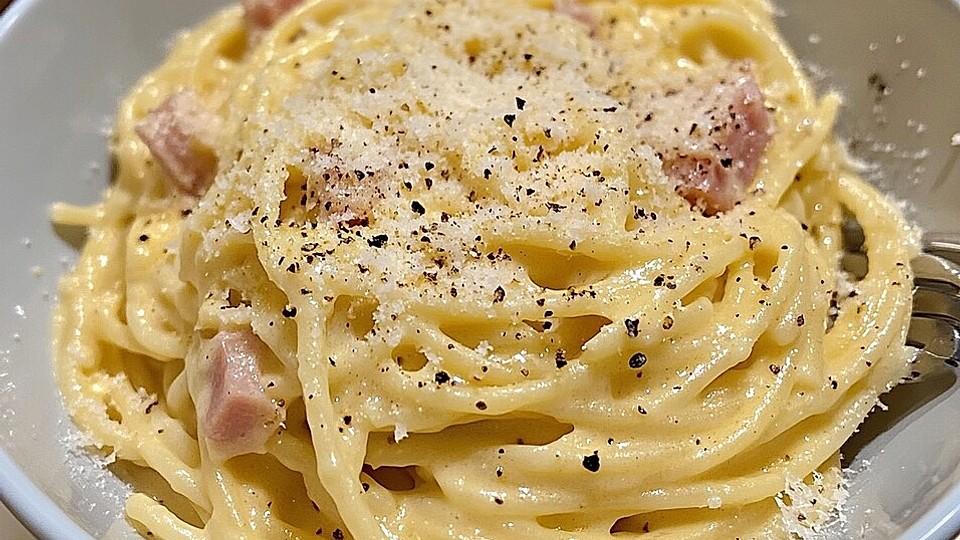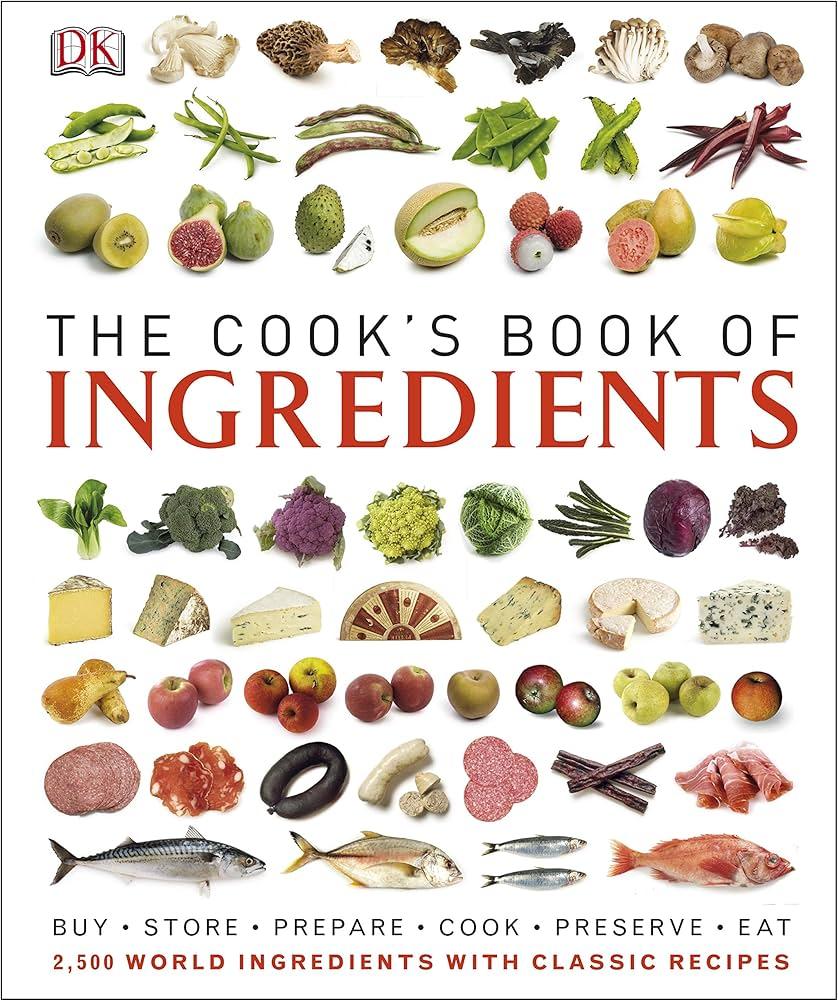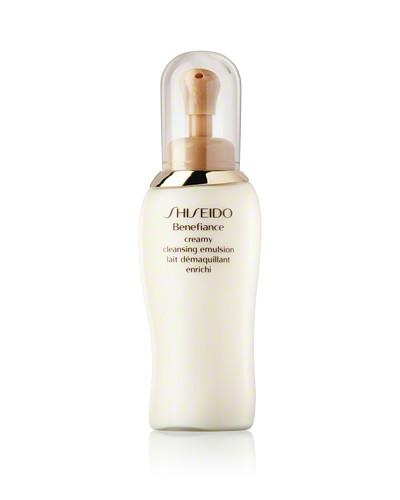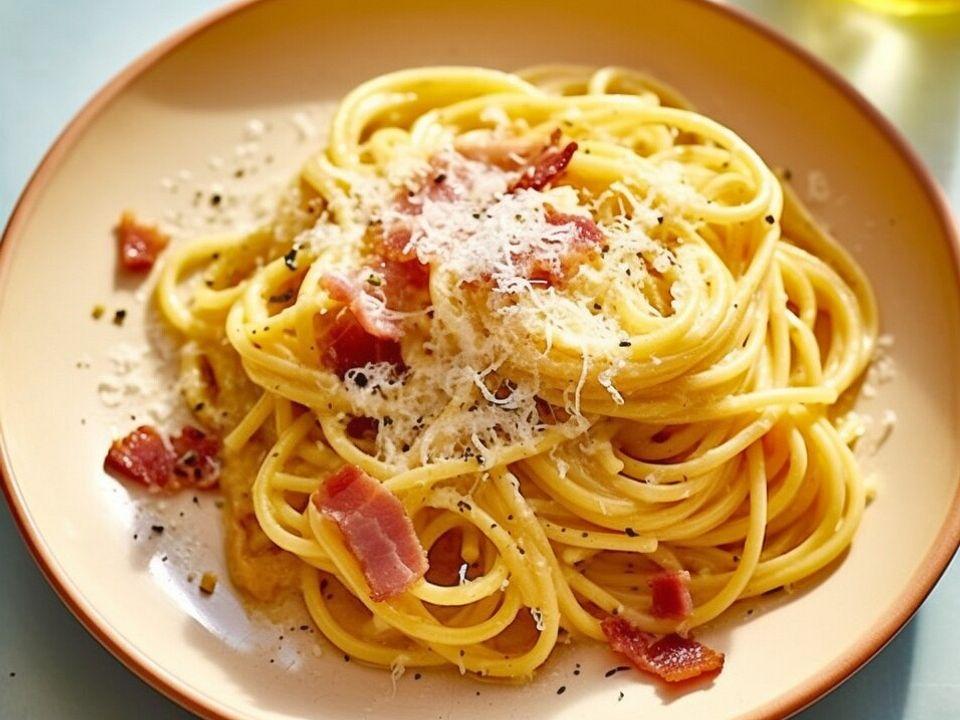Italian cuisine,revered for its rich flavors and comforting simplicity,holds a special place in the hearts of food lovers around the globe. Among the myriad of dishes that showcase its culinary brilliance, Carbonara stands out as a quintessential masterpiece. This beloved pasta dish,hailing from the heart of Rome,is an exquisite celebration of a few humble ingredients—each playing a pivotal role in creating a symphony of taste. While customary recipes call for guanciale, the crispy pancetta has become a beloved alternative, adding a delightful crunch and a savory depth too each forkful. In this article, we invite you to embark on a culinary journey that demystifies the art of mastering classic Italian Carbonara with crispy pancetta, guiding you through the intricacies of perfecting this iconic dish while respecting its roots. Get ready to discover tips, techniques, and a touch of history that will help you bring a slice of Italy into your kitchen.
Exploring the Origins and Tradition of Authentic Carbonara
Italian carbonara is a dish steeped in fascinating history, believed to have originated in the mid-20th century, though some claim it has roots dating back even earlier. the primary ingredients—guanciale, eggs, cheese, and black pepper—reflect the rustic culinary traditions of the Roman countryside, where simplicity and quality of ingredients have always been paramount. Guanciale, a type of cured pork cheek, is essential for achieving the dish’s distinctive flavor and texture, cutting through the richness of the creamy sauce created by the emulsification of egg yolks and cheese.This vibrant combination of flavors embodies the essence of Italian cooking: fresh, seasonal, and locally sourced.
Tradition plays a pivotal role in the preparation of this iconic dish, with many chefs adhering to the original Roman recipe that eschews cream and garlic, which are often mistakenly added in variations outside italy. The beauty of authentic carbonara lies in its straightforwardness, requiring just a few high-quality ingredients and a careful balance of technique. Key steps include:
- Rendering the guanciale over low heat to unleash its oils
- Whisking together egg yolks and cheese to create a velvety sauce
- Tossing the hot pasta with guanciale and the egg mixture,allowing the residual heat to form a creamy coating
This commitment to tradition not onyl honors the dish’s heritage but showcases the Italian beliefs of treating food as a celebration of life,with every ingredient telling its own story.

Choosing the Perfect ingredients for Rich Flavor and Texture
To achieve the rich and indulgent flavor profile of a classic carbonara, the choice of ingredients is paramount. Start with high-quality pasta, ideally rigatoni or spaghetti, as the foundation for your dish.The texture of the pasta is just as critically importent; it should be al dente, allowing it to hold onto the sauce beautifully. For the star ingredient, opt for crispy pancetta or guanciale. Both deliver a salty, savory essence, but pancetta is frequently enough more accessible. its rendered fat will blend perfectly with the egg and cheese mixture, creating a luxurious coating.
Don’t overlook the importance of cheese; a blend of freshly grated Pecorino Romano and Parmesan enhances the umami profile. The cheese should ideally be aged, as this elevates the depth of flavor. Additionally, using freshly cracked black pepper will spice up the dish with a delightful kick. Consider incorporating fresh herbs,such as parsley or basil,to brighten the heavy flavors. When selecting your ingredients, prioritize freshness and quality, as they are the keystones of a remarkable carbonara experience.

Mastering the Technique: Achieving creamy Emulsion Without Cream
To achieve a luscious emulsion without relying on heavy cream,focus on harnessing the power of the egg yolks and the starchy pasta water. The key lies in the combination of these elements, which creates an incredibly smooth and decadent sauce. Start by whisking the egg yolks with grated Parmesan or Pecorino Romano until the mixture is deeply golden and creamy. This step forms the base of your sauce, providing both flavor and richness. As you prepare the pasta, reserve a cup of the starchy cooking water. The natural starches released during cooking act as a binder, giving your sauce the silky texture that cream would normally provide.
When the spaghetti is al dente, combine it with your cook-pancetta mixture while transferring it directly from the pot. Quickly remove the pan from the heat to prevent scrambling the eggs, then add the egg mixture in stages, incorporating a few tablespoons of hot pasta water gradually. This technique of tempering allows for a gradual warming of the eggs, which in turn emulsifies beautifully without becoming a scramble. To enhance the flavors, finish with a sprinkle of freshly cracked black pepper and additional cheese, ensuring each bite is bursting with the authentic taste of Italy. Below is a summary of the essential ingredients for creating a perfect creamy emulsion:
| Ingredient | Role in Emulsion |
|---|---|
| Egg Yolks | Provides richness and acts as the base for the sauce |
| pasta Water | Contributes starch to bind the sauce and enhance creaminess |
| Cheese (Parmesan/Pecorino) | Adds flavor and helps thicken the sauce |

Serving Suggestions and Pairings to Elevate Your Carbonara Experience
To truly elevate your Carbonara experience, consider enhancing the dish with a few selective pairings that will complement its rich flavors. You can start by serving your Carbonara with a light, crisp green salad adorned with cherry tomatoes, arugula, and a drizzle of balsamic vinaigrette to cut through the creaminess of the pasta. Additionally, offer a selection of artisanal crusty bread to soak up the delicious sauce. A sprinkle of freshly shaved parmesan on top adds an elegant touch,enhancing both the presentation and the overall flavor profile.
For the beverage pairing, opt for a classic italian white wine such as Frascati or a Pinot Grigio, which complement the dish’s savory notes without overpowering them. Alternatively, a light-bodied red wine such as Chianti can also work beautifully with the salty pancetta. If you’re in the mood for a non-alcoholic option, a refreshing sparkling water with a slice of lemon or a homemade limoncello spritz can cleanse the palate and provide a delightful contrast to the Carbonara’s richness.
To Conclude
mastering the art of classic Italian carbonara with crispy pancetta is not just about following a recipe—it’s an invitation to immerse yourself in tradition, culture, and the rich culinary heritage of Italy. Each velvety mouthful offers a harmony of flavors that celebrates the simplicity and authenticity of its ingredients. As you put your newfound skills to the test in your own kitchen, remember that the true essence of carbonara lies in the quality of your ingredients and the care you put into each step of the process. Whether you’re serving it to friends at a festive gathering or enjoying a quiet dinner at home, this timeless dish will undoubtedly warm hearts and satisfy palates. So, gather your ingredients, embrace the technique, and embark on a delicious journey that pays homage to a classic beloved across generations. Buon appetito!